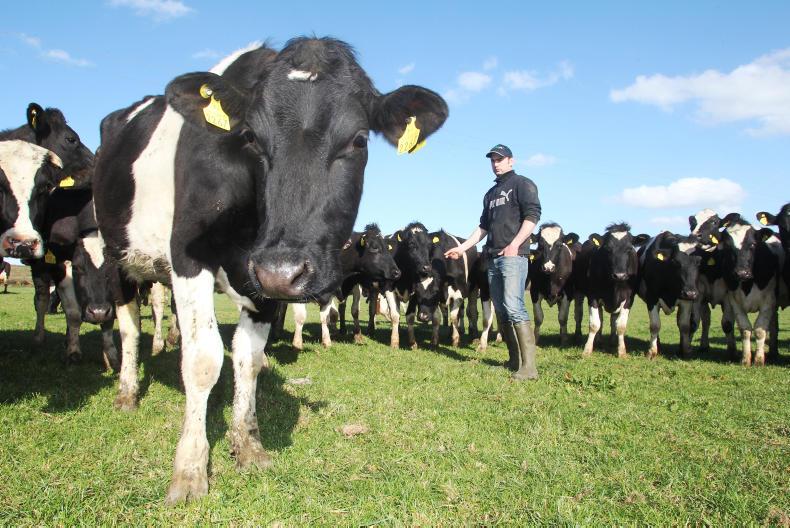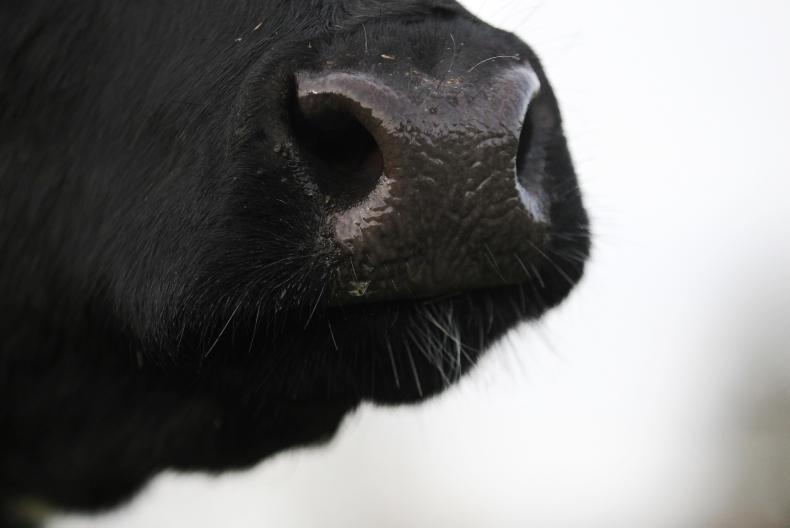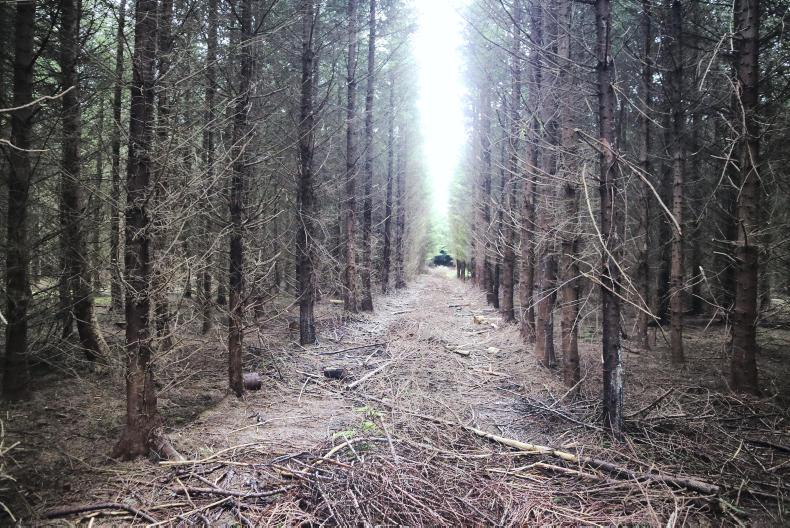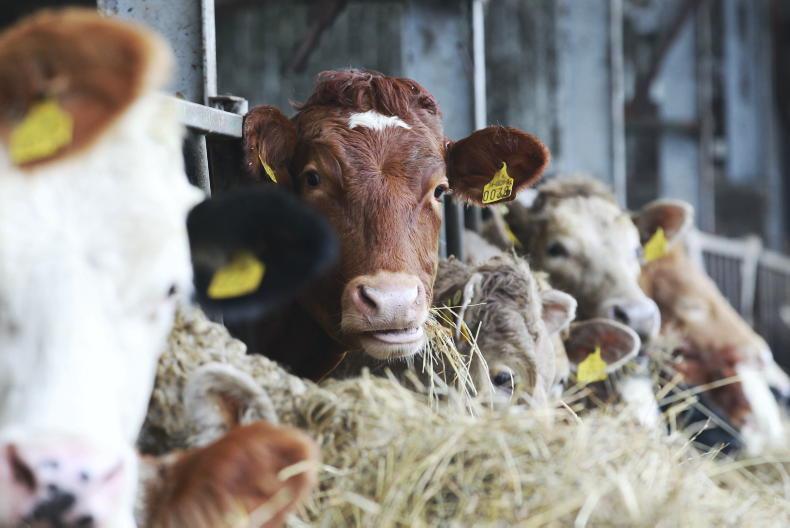We scanned the cows this week to see how our breeding season went, to get organised for the winter and to see how busy things will be next spring.
As usual, there were a few surprises on both sides of the coin. A few cows had been seen bulling but turned up in-calf.
A few were in-calf to an earlier serve than we had recorded but a few were empty too, with no recent heat recorded and with no obvious reason why.
Some of these had been served very early in the season and looked, on the face of it, to have held to first or second service.
The figures overall were reasonably good though. We shortened the breeding season to 10 weeks this year but still got 91% of the cows in-calf. The 9% empty rate is 2% higher than last year but with two weeks shorter breeding, which is probably not a bad result.
On the upside, the cows that are in-calf held very early in the season, probably helped by the good weather early in the year.
We managed to get 65% of the herd in-calf in the first three weeks and another 14% over the next three weeks. The heifers did even better, with 71% in the first three weeks and 24% in the next three weeks and only one empty heifer.
The 2018 calving season will hopefully be as busy as usual as a result, with 89% of the herd due in the first six weeks of the year and over 70% due in the first three weeks. We changed around one of the calf sheds to give us some extra space for this spring and we’ll get plenty of help in for the first two months of the year to help us to get over the worst of it.
We will pull out most of the empty cows in September and feed them rolled barley on the outfarm for a few weeks before selling them in the mart. Hopefully the price holds until then at least.
Most are in good condition already, so a small bit of feeding should get them fit for sale. Pulling them out early gives us a better chance of building up the autumn grass cover on the milking platform and gives us a better chance of having them gone before the winter.
We will go through the rest of the herd as well and cull some older and high cell-count cows. We should also have some surplus heifers and young cows to move on after calving in the spring.
Our protein has jumped to over 3.7% this week but it’s been a struggle all year. We will have to take a close look at milk recording results and do some selective culling on this figure as well and get back to 2015 and 2016 levels.
Butterfat levels, on the other hand, have been very strong all year, which might be a sign of grazing slightly higher covers with a higher stocking rate this year.
This is driving milk solids output all year with cows doing 1.75kg/day of solids again with the rise in protein. The higher pre-grazing yields are some of the reason for the depressed protein this year, but definitely not the whole story.
Grass growth and overall farm cover have been very good through the second half of the year and the last few weeks are no different. The farm has a very high cover of grass again so we need to skip some paddocks and take out some surplus wraps over the next few days to get it under control.
We will wait for some better weather to do this job and measure grass before mowing to get the numbers right when the sun starts shining again.










SHARING OPTIONS